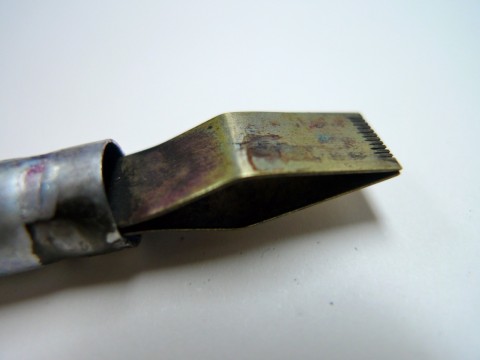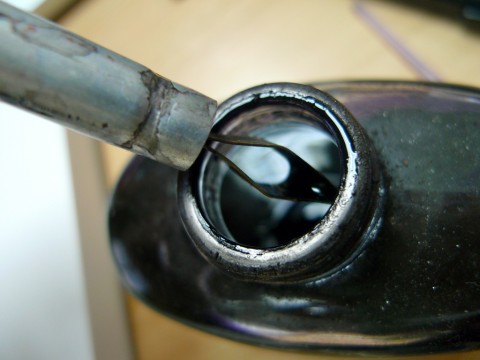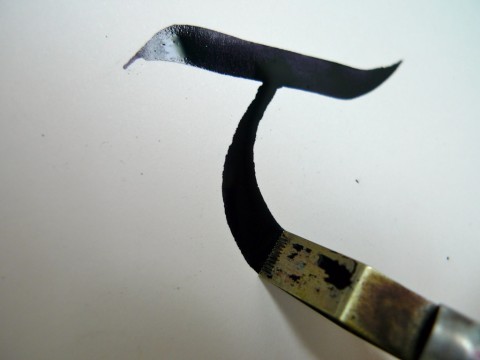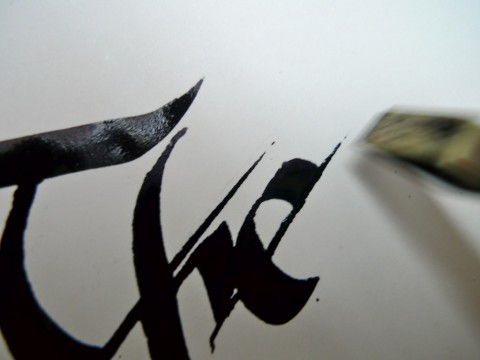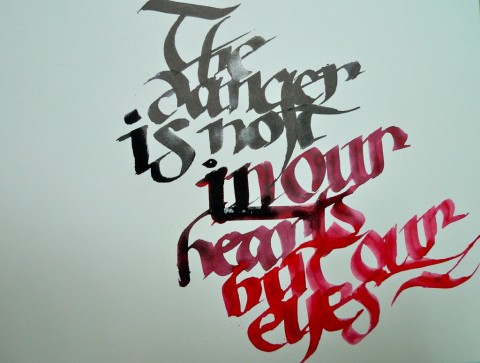Automatic pens aren’t for automatic writing. Or maybe they are, if you’re channeling the spirit of a calligrapher who overdosed on iron gall.
I bought a set of automatic pens on a whim more than a decade ago. The ferrules are loose. The plates of the nibs are pitted and ink-stained. It doesn’t matter. They still do what they’re meant to be doing.
The automatic pen is versatile. Liquid is suspended in between its nib plates. I’ve used it with watercolor, gouache, diluted acrylic, fountain pen ink, India ink. One nib plate has teeth, the other is smooth. I assume this has something to do with ink flow.
You can dip the automatic pen in a bottle of ink to begin writing. You can also use an eyedropper to load it with your choice of liquid media.
Here, I use Duke black ink on Daler-Rowney acid-free paper.
The lines are lovely, lush and wet. The outlines are irregular, due to paper texture and the age of the nib – it’s not as even as it should be.
Adding a different-colored ink with an eyedropper produces wild results. I should do this more often. A little more wildness is welcome.
This multi-colored result is much easier to achieve with Pilot Parallel Pens, the modern successor to the automatic pen.

